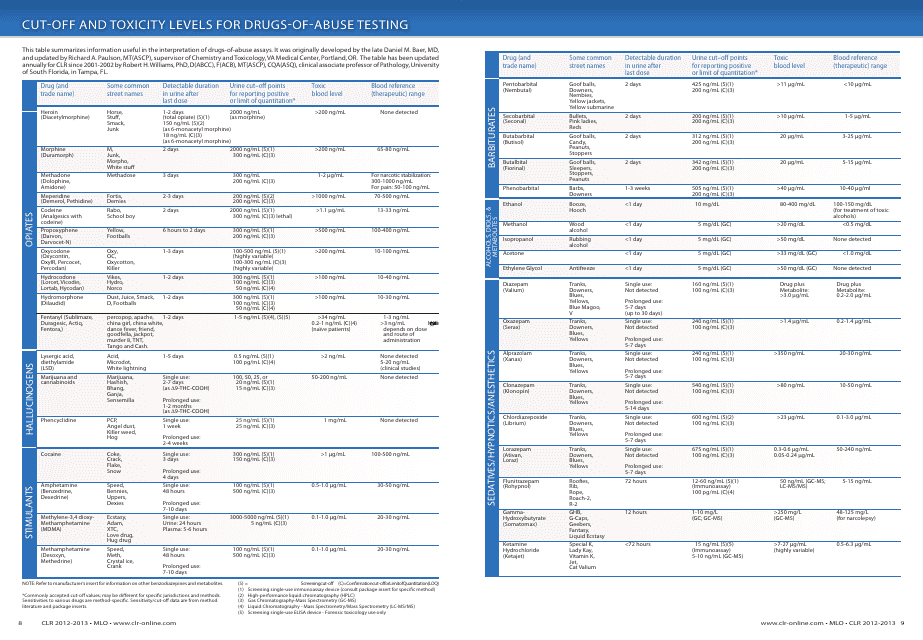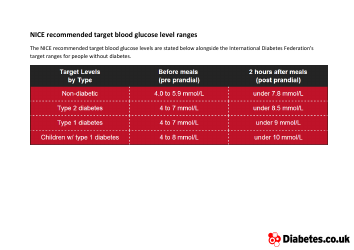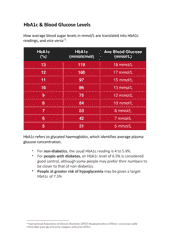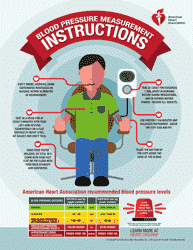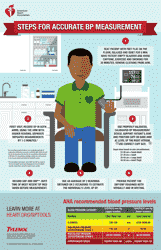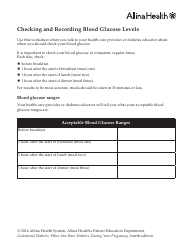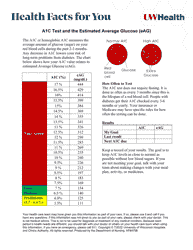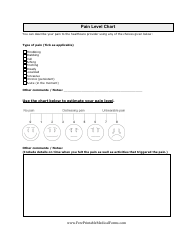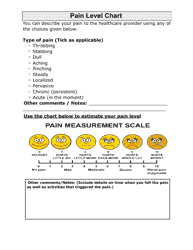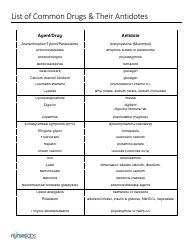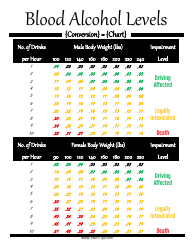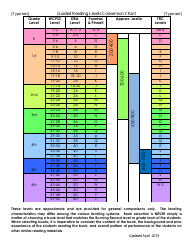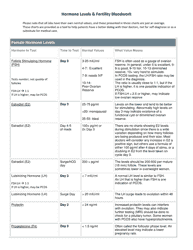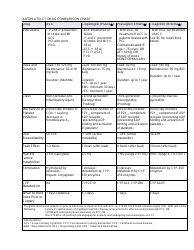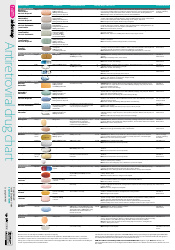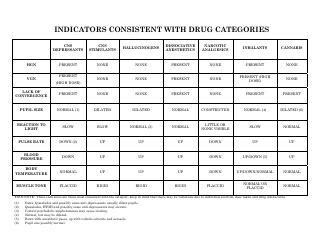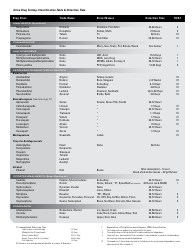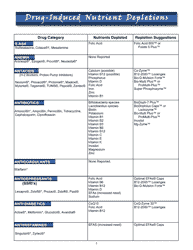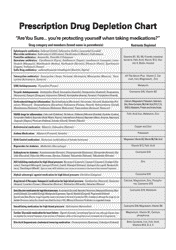Cut-Off and Toxicity Levels Chart for Drugs-Of-Abuse Testing
The Cut-Off and Toxicity Levels Chart for Drugs-Of-Abuse Testing is used to determine the minimum concentration of drugs in a person's system that will yield a positive result in a drug test. It also provides information about the potential toxicity levels associated with different drugs.
The Cut-Off and Toxicity Levels Chart for Drugs-Of-Abuse Testing is typically filed by the respective regulatory agencies that oversee drug testing, such as the U.S. Department of Health and Human Services (HHS) for the United States.
FAQ
Q: What is a cut-off level for drug testing?
A: A cut-off level is the concentration of a drug or its metabolite that must be present in a person's system to trigger a positive drug test result.
Q: What is the purpose of a cut-off level?
A: The purpose of a cut-off level is to differentiate between drug use and incidental exposure or passive inhalation.
Q: What are toxicity levels for drug testing?
A: Toxicity levels refer to the concentration of a drug or its metabolite that can be considered harmful or toxic to an individual.
Q: Why are toxicity levels important in drug testing?
A: Toxicity levels help determine the potential health risks associated with drug use and help guide treatment decisions.
Q: Are cut-off and toxicity levels the same for all drugs?
A: No, cut-off and toxicity levels can vary depending on the specific drug being tested.
